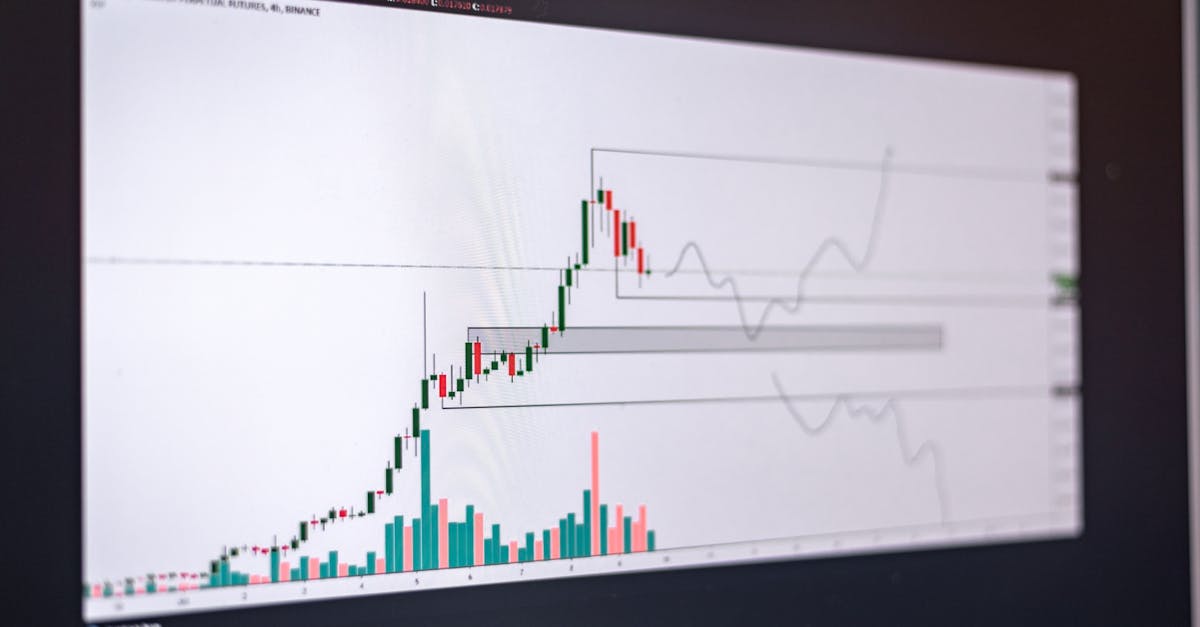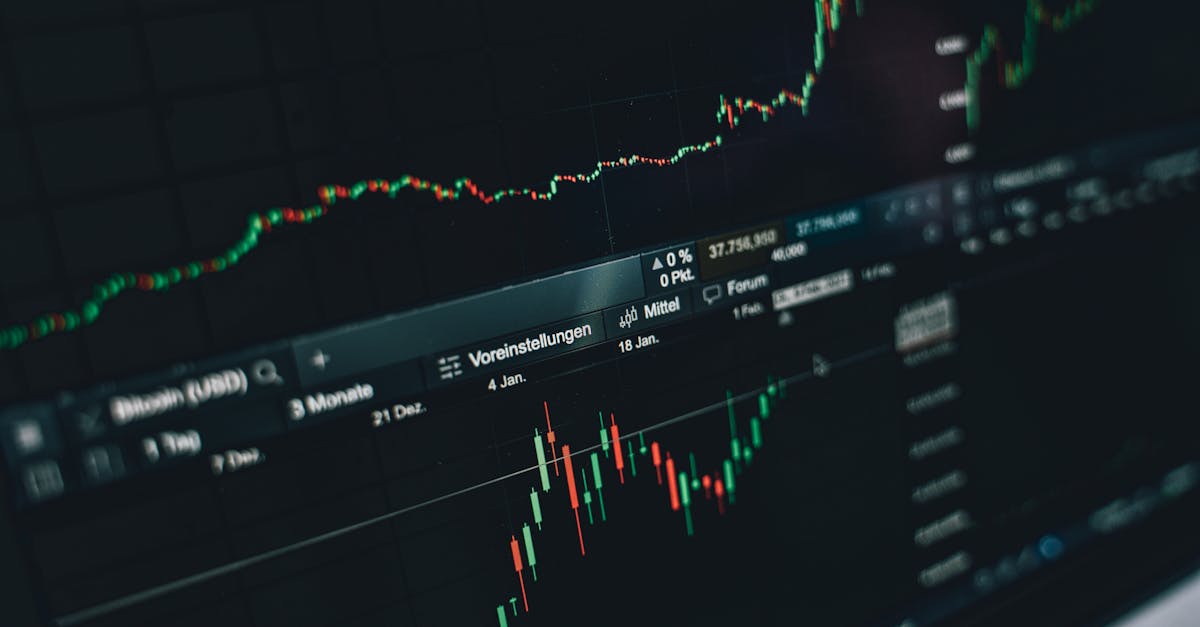Financial Futures Trendsetting Insights 2026
Introduction
As the financial landscape continues to evolve, futures markets are poised for transformative changes by 2026. This article delves into the driving forces behind these trends, offering an insightful glance into the future of financial dealings. Key elements such as technology, sustainability, and global markets are reshaping how investors approach futures. Understanding these dynamics is crucial for professionals aiming to stay ahead. From technological integration to sustainability demands, the financial futures arena is set to experience unprecedented shifts. Through this journey, we'll unravel the trends paving the way for futures trading in 2026.
Advertisement
Technological Innovations
Technology is revolutionizing the financial futures landscape, offering cutting-edge solutions that promise efficiency and accuracy. Artificial Intelligence (AI) and Machine Learning (ML) are key technologies enhancing predictive models, making futures trading faster and more precise. Blockchain technology, with its potential to offer greater transparency and security, is also gaining traction in futures markets. Additionally, quantum computing is expected to play a pivotal role in solving complex calculations at an accelerated pace. These technological advancements are not just nifty tools; they are vital components in the resurgence and modernization of the financial futures realm.
Advertisement
Renewed Focus on Sustainability
As global emphasis on sustainable practices intensifies, the financial futures sector is revisiting its strategies and priorities. Environmental, Social, and Governance (ESG) factors are beginning to influence futures contracts more than ever before. Investors are seeking environmentally responsible opportunities, and companies are responding by integrating ESG criteria into financial futures. This trend emphasizes the industry's role in promoting sustainable investments, balancing profit with ethical considerations. With sustainability at the forefront, the financial futures terrain is transforming, paving the way for green and responsible investment channels.
Advertisement
Enhanced Global Market Interconnectivity
The financial futures market is becoming increasingly interconnected due to globalization and digital connectivity. This interconnectivity allows for seamless trading across borders, creating new opportunities and challenges. The rise of more inclusive market platforms enables participants from diverse geographical locations to engage in futures trading with ease. As markets remain open 24/7, investors can now respond swiftly to global economic shifts. However, this interconnectivity requires enhanced risk management practices to mitigate potential vulnerabilities arising from international dependencies.
Advertisement
The Shift to Decentralized Platforms
Decentralized Finance (DeFi) platforms are steadily gaining ground, promising to revolutionize traditional financial frameworks. These platforms provide more accessible and inclusive trading environments, minimizing intermediaries and reducing costs. In the futures market, DeFi has the potential to revolutionize how contracts are created, executed, and settled. By leveraging blockchain technology, decentralized platforms offer robust security measures and increased transparency, empowering traders with unparalleled control over their futures transactions. As more participants enter DeFi platforms, the landscape of futures trading is set to undergo significant transformations.
Advertisement
Exploring New Asset Classes
As innovation continues to expand, new asset classes are emerging within the futures market, drawing investor attention. From digital currencies to rare commodities, diversification opportunities in futures are more varied than ever. Cryptocurrencies, in particular, are gaining traction as a legitimate asset class for futures trading. Other niche commodities, such as carbon credits, are also emerging as viable futures contracts. These new asset classes open doors for investors to hedge against diverse risks while capitalizing on modern investment trends. This diversification reflects the dynamic nature of the financial futures space.
Advertisement
Regulation and Compliance
In the rapidly changing futures landscape, regulatory oversight is becoming increasingly critical. As futures markets grow in complexity, regulations are being adapted to ensure transparency, fairness, and market stability. Governments and regulatory bodies are tasked with refining existing frameworks to accommodate technological advancements and novel asset classes. Compliance requires continuous collaboration between industry stakeholders and regulators to create an environment that protects investors while encouraging growth. Effective regulatory measures ensure a fair trading environment and instill confidence among global investors in the financial futures market.
Advertisement
The Role of Algorithmic Trading
Algorithmic trading is becoming a cornerstone in the financial futures markets, driving speed and efficiency. By automating trade execution, algorithms maximize profits and reduce the margin of human error. These advanced systems analyze vast datasets in real-time, providing traders with instantaneous insights to make informed decisions. As algorithms continue to evolve, their role in shaping the futures market is expanding, fostering rapid reactions to market changes. This technological evolution highlights the indispensable function of algorithmic trading in the modern financial futures environment.
Advertisement
Resilience Amid Volatility
Resilience is crucial in navigating the unpredictability inherent in futures markets. As global economies face uncertainties, building adaptable and resilient strategies becomes indispensable for success. Diversification and risk management strategies are crucial for mitigating risks associated with volatility. With the onset of economic challenges, financial players prioritize developing robust systems to absorb market shocks. Emphasizing resilience ensures that market participants can anticipate and efficiently respond to unforeseen market fluctuations, safeguarding their financial interests.
Advertisement
Conclusion
The futures market is on the cusp of a new era, driven by technological, sustainable, and global factors. As digital advancements continue to shape the landscape, staying informed and adaptable remains paramount for investors. Embracing ethical and sustainable practices will also become integral in maintaining momentum and credibility within this sphere. Undeniably, the fusion of technology, regulation, and global interconnectivity will define the trajectory of financial futures. With innovation at its core, the future of financial futures in 2026 promises excitement, challenge, and endless opportunities for growth.
Advertisement








